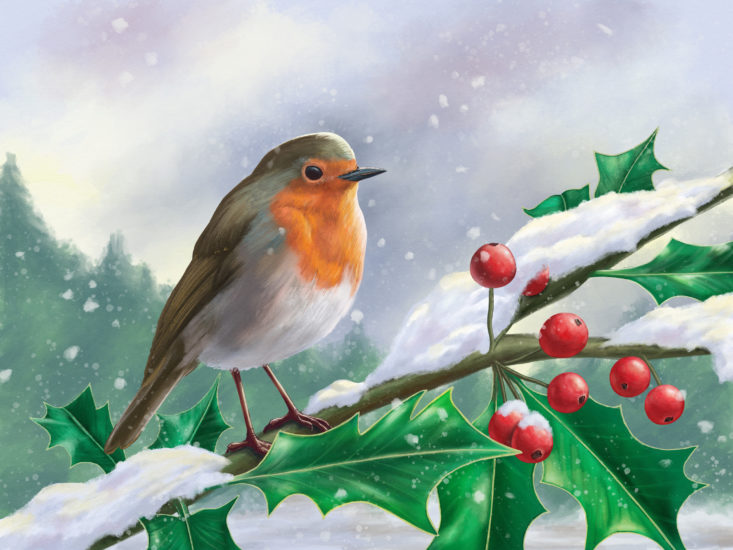
Chances are we’ve all grown up hearing some pretty outlandish health myths, passed down through the generations.
But should we just disregard what we’ve been told? Or is it possible to find a grain of truth in them?
Better still — do any of them work?
Soap under your sheets?
The myth has it that placing a bar of soap under your bed sheets can help to relieve muscle cramps, especially in your lower legs.
While those who perform this method stand by it, there is no scientific proof to suggest that this actually works.
If you suffer from lower leg cramps, however, there are some proven techniques you should be trying.
These include reducing your caffeine intake on a night time, stretching your calf muscles before bed, and increasing your intake of essential electrolytes like including potassium, calcium and magnesium.
Starve a fever
The folklore of starving a fever has been around for hundreds of years, with some medical historians linking it as far back at the 1500s.
Back then, doctors believed that a fever was caused because your metabolism was in overdrive.
However, modern-day experts advise that you shouldn’t starve your fever at all. Doing so means you’ll have a lower calorie intake, which can then make it more difficult for your body to fight off the virus.
Onions in socks . . .?
If you fall foul of the flu, you may have been told to place onions in your socks . . .
Since onions are slightly acidic, some believe they have antibacterial qualities. Unfortunately, this isn’t true (also, it’s likely to be uncomfortable!)
Does cracking your knuckles cause arthritis?
Research has found that up to 54% of us crack our knuckles regularly.
But does it cause arthritis?
Well, we’re not sure. While there is a suggestion that knuckle cracking could cause wear and tear in the same way that a mechanical joint suffers, there hasn’t been a huge amount of research into the matter.
Many of us can suffer from joint pains later in life (a supplement for joints can sometimes help) but a study from 2010 claimed that there was no difference in the prevalence of osteoarthritis between those who did or did not crack their knuckles.
In other words, crack on . . . for now!
Swallowing gum
We’ve all been warned not to swallow chewing gum at some point in our lives.
Some of us may have been scared of swallowing our gum, fearing it will stay in our system for seven years.
While it’s not particularly advisable to do so, you can relax. According to pediatric gastroenterologist David Milov of the Nemours Children’s Clinic in Orlando, this is a decades-old bit of folklore.
“That would mean that every single person who ever swallowed gum within the last seven years would have evidence of the gum in the digestive tract,” he explained.
“On occasion we’ll see a piece of swallowed gum, but usually it’s not something that’s any more than a week old.”
Are carrots really good for eyes
If you grow your own veg, then you might know that carrots are supposedly great for an abundance of ailments.
The most popular theory is that carrots can help you see in the dark.
Unfortunately, this isn’t strictly true. The notion originated during World War II, with the Royal Air Force spreading the rumour to explain their air superiority.
It did, however, lead to the UK government advising the public to eat carrots in order to see better during the blackouts.
But don’t stop eating them just yet!
Carrots are a nutritional vegetable, and the levels of vitamin A and lutein they contain can be beneficial for overall health.
Of course, there are many health myths out there that can easily be quashed.
But if you want to know if any of them might work, it’s always best to speak to your GP!
For more health advice from “The People’s Friend”, click here.




